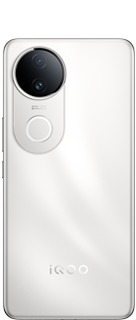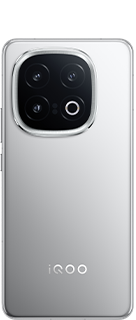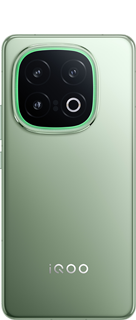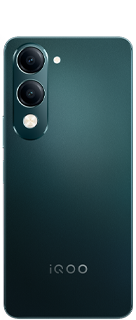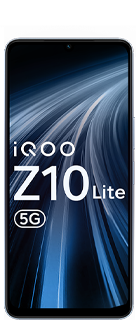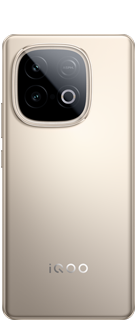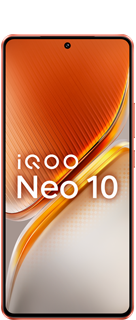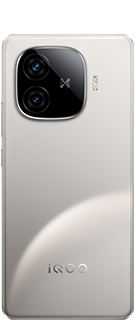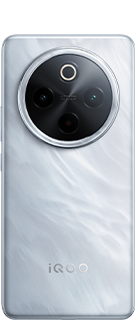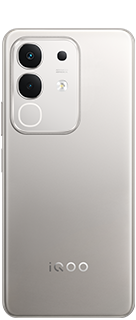Snapdragon 8 Elite vs Snapdragon 8s Gen 4: How Qualcomm's New Chips Stack Up
The Snapdragon 8 Elite and the Snapdragon 8s Gen 4 share a name lineage but aim at very different slices of the mobile market. On paper, the 8 Elite is a showstopper. It’s Qualcomm's most advanced SoC that’s pulling out all the stops with raw performance, AI smarts, and multimedia power.
The 8s Gen 4, meanwhile, is a leaner, more affordable chip that borrows elements from its more powerful sibling while making a few strategic trade-offs.

If you’re trying to decide whether the 8s Gen 4 will be “good enough” or whether you need to stick with the full-fat 8 Elite, it helps to look at how these two chipsets compare beyond just the marketing headlines.
CPU and Performance
At the heart of this comparison is custom silicon—and that’s where the 8 Elite pulls away. Qualcomm’s decision to go with its own Oryon CPU cores in the 8 Elite is a big move. These aren’t just tweaks to off-the-shelf ARM designs; they’re purpose-built, high-frequency (up to 4.47 GHz) powerhouses that deliver up to 45% more CPU performance and 44% better efficiency than the previous generation.
The 8s Gen 4, on the other hand, uses the familiar Kryo cores, which are essentially optimized ARM cores. It has a Cortex-X4 prime core clocked at 3.2GHz along with seven Cortex-A720 cores—three running at 3.0GHz, two at 2.80GHz, and two at 2.02GHz.
Qualcomm claims that this setup delivers 31% better performance than its predecessor while using 39% less power. But it shouldn’t come as a surprise that it’s not in the same league as the 8 Elite.
AI and On-Device Intelligence
Both chips are built with AI in mind, but again, there’s a divide in scale. The Snapdragon 8 Elite uses a Hexagon NPU with improved performance per watt and support for a wider range of operations (INT4 to FP16). It also includes on-device personalization, multimodal AI processing, and the Sensing Hub for better context-aware features.
The 8s Gen 4 also has a Hexagon NPU, and it’s no slouch. It gets a 2x memory boost, which helps with memory bandwidth and efficiency. But it’s missing some of the more advanced AI processing features found in the Elite, including higher-precision data support and some of the more advanced Gen AI integrations for things like on-device assistants or real-time personalization.
Graphics and Gaming
The 8 Elite is built for high-end mobile gaming. Its Adreno GPU claims up to 40% improved performance and 40% better power efficiency, thanks to a revised “sliced architecture” that balances heat and battery drain.
It supports real-time hardware-accelerated ray tracing, Snapdragon Game Super Resolution 2.0, and Adreno Frame Motion Engine 2.0, which doubles frame rates with minimal power impact. You also get support for Unreal Engine 5.3 with Nanite which allows developers to push console-quality visuals onto a handheld.
The 8s Gen 4 supports many of these same features including ray tracing, Game Super Resolution, and Adaptive Performance Engine. But it doesn’t get the full Unreal 5.3 support or Frame Motion Engine.
The GPU in the 8s Gen 4 also has the same sliced architecture as the 8 Elite. It’s just that the former has two slices versus the Elite chip’s three which makes the difference in performance.
Connectivity
The 8 Elite features Qualcomm’s top-tier Snapdragon X80 modem with peak download speeds of 10Gbps and support for 6x carrier aggregation, dual SIM, and even UWB and Wi-Fi 7 via FastConnect 7900. It’s also backed by Qualcomm’s 5G AI Suite Gen 3 which dynamically adjusts connection parameters to save power and reduce latency.
The 8s Gen 4 makes do with a lower-tier Snapdragon 5G Modem-RF System. Its peak download speed caps at 4.2 Gbps, and has a more limited 4×4 MIMO setup. Still, it includes Wi-Fi 7 and Bluetooth 6.0 via Qualcomm FastConnect, along with support for Snapdragon Seamless for cross-device connectivity.
Imaging and Multimedia
Both chips use Qualcomm’s Spectra AI ISP, but the 8 Elite leans harder into real-time AI features. It supports real-time semantic segmentation, AI-based relighting, and ultra-low-light video.
The silicon is also compliant with Truepic’s C2PA standard. It is a way to verify the source and history (provenance) of digital content like images, videos, and audio.
The 8s Gen 4 offers a lighter version of these tools—Night Vision 2.0, up to 250 segmentation layers, and similar HDR support—but lacks some of the Elite’s real-time visual processing capabilities. You still get 8K video and impressive low-light results, but professional-grade creators will get more headroom with the Elite.
Display, Audio, and Charging
The 8 Elite supports QHD+ displays at 240Hz, 8K external displays, and HDR10+, Dolby Vision, and HDR Vivid formats. It also includes Snapdragon Sound, aptX Lossless, and Quick Charge 5 for fast charging.
The 8s Gen 4 covers most of these areas including Snapdragon Sound, HDR video formats, Wi-Fi audio (XPAN), and Quick Charge 5 support, but it lacks support for external 8K displays.
Final Thoughts
At the end of the day, the Snapdragon 8 Elite is a no-compromise SoC built for devices that aim to be the best at everything. Whether it’s gaming, camera, connectivity, or AI features.
The 8s Gen 4, meanwhile, takes many of those premium experiences and trims the fat. It’ll power more affordable high-end devices (think $500–$800 phones) while keeping gaming, AI, and camera capabilities competitive enough for most users.
In short, the 8 Elite is the chip you get when you want everything. The 8s Gen 4 is the one you get when you want just enough. Which one makes more sense? That depends entirely on your priorities, and how much you’re willing to pay for them.
Qualcomm Snapdragon 8 Elite vs 8s Gen 4


Source: GIZMOCHINA
Please sign in
Login and share

